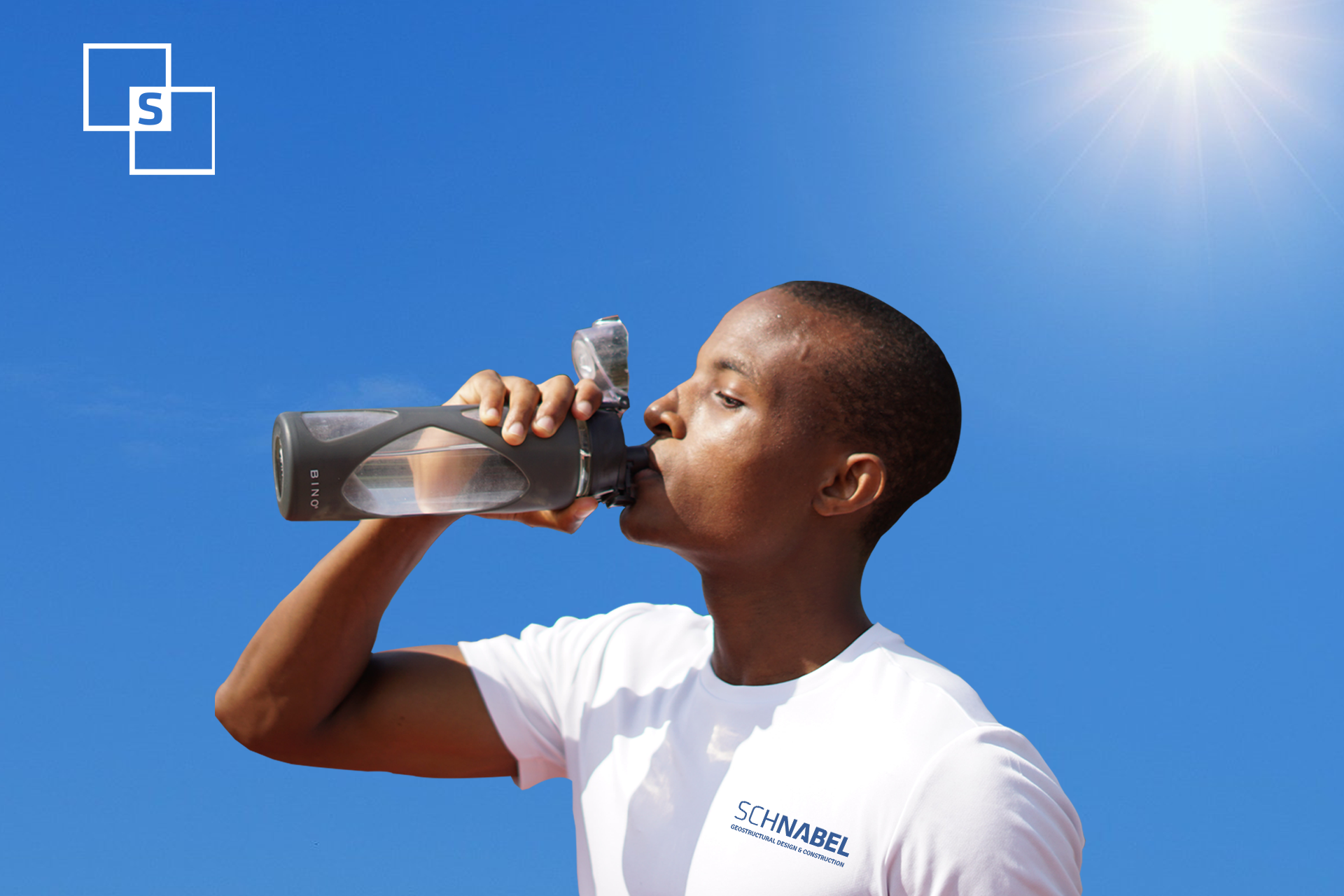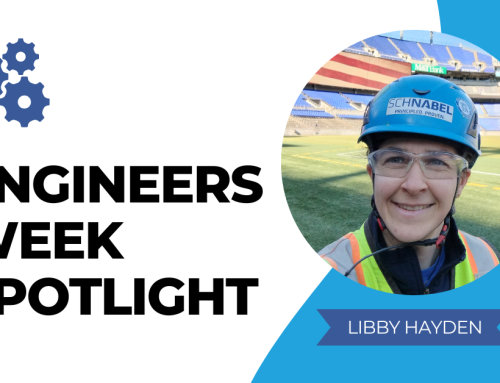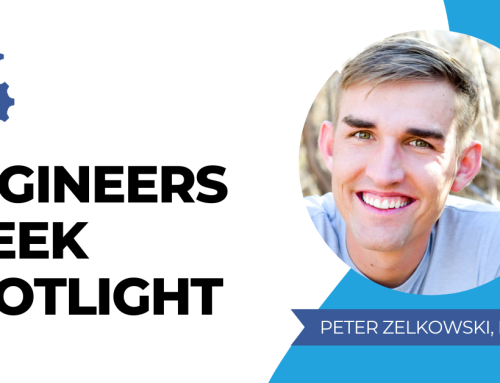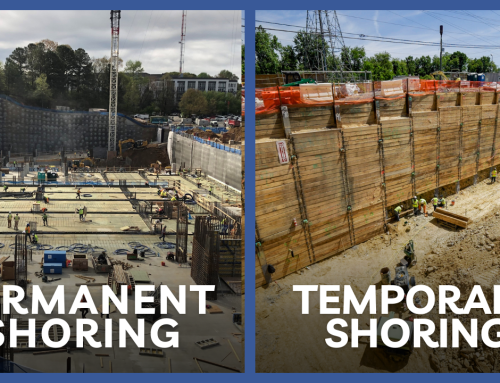Symptoms of Heat-Related Illnesses
In most parts of the country, the summer heat is in full force with record-breaking heatwaves and high humidity levels.
These extreme summer conditions can be dangerous for individuals working in the field of construction and could lead to life-threatening heat-related illnesses. These illnesses can occur when the body overheats from getting exposed to excess heat that it can’t get rid of. They can affect people in different ways, but most will typically experience the following symptoms:
-
Heat Rash: skin irritation caused by excessive sweating in hot and humid weather. Also known as “prickly heat”, it occurs when skin ducts are blocked, and perspiration is trapped beneath the skin.
-
Heat Cramps: painful and involuntary muscle spasms that usually affect people who sweat a lot during strenuous activity. This sweating depletes the body’s electrolyte and moisture levels, which contribute to painful cramps. Heat cramps can also be a symptom of heat exhaustion.
-
Heat Syncope: a fainting episode or dizziness that can occur from prolonged standing or a sudden rise from sitting or lying down. Blood vessels in the body dilate to radiate heat, which lowers blood pressure.
-
Heat Exhaustion: occurs when the body loses too much water and salt through excessive sweating. It usually is caused by exposure to high temperatures, especially with high humidity, and strenuous activities.
-
Heatstroke: the most serious condition related to heat and should be considered a medical emergency. Heatstroke occurs when the body becomes unable to control its temperature, the mechanism that controls sweating fails, the body is unable to cool down and the core temperature quickly rises.
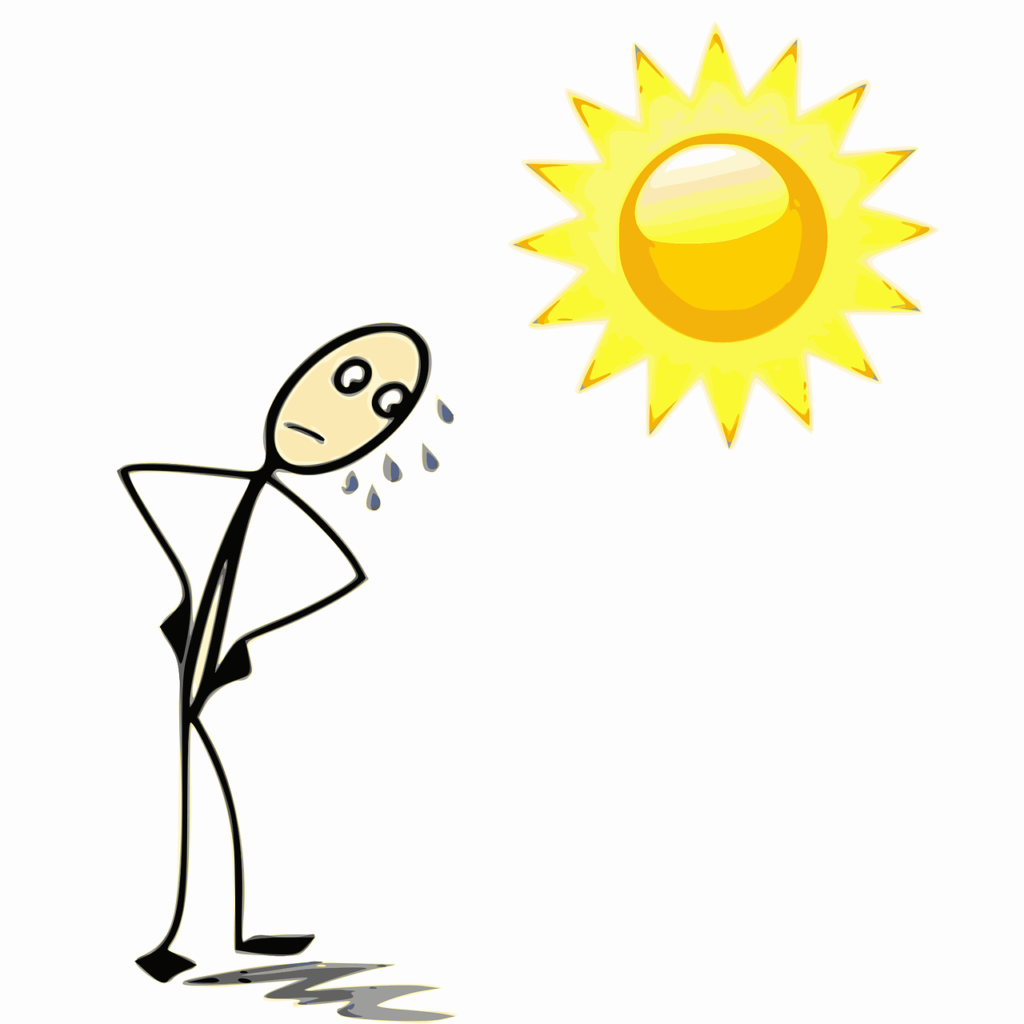
Construction Heat Safety Prevention for Construction Team Leaders
As someone who oversees a construction team, you may not be able to control the weather, but you have the power to reduce the threat of heat-related illnesses at your construction site by taking proper precautions such as:
-
Staring Work Early: starting the work as early as possible and scheduling labor-intensive work early in the cooler hours of the morning can reduce the risk of heat-related illnesses at your job site. Furthermore, work should be stopped before the hottest part of the afternoon.
-
Heat Acclimatization: your team members need to become acclimatized to working in the hot weather so you should take a couple of weeks to expose them to hot work environments for progressively longer periods. Doing this will allow your team members to start building a tolerance to the heat and reduce the likelihood of heat-related illnesses in your job site. If you are interested in learning more about heat acclimatization and view a sample acclimatization schedule, check out this article by the CDC.
-
Assigning Extra Team Members: when you have physically demanding jobs on your schedule, it is recommended that you assign extra team members to get the job done quicker and prevent prolonged exposure to the heat.
-
Hydration and Rest Periods: plenty of cold water should be available all over your job site and your team members should be required to take https://naturallydaily.com/buy-accutane-online/ water and rest breaks even if they are not feeling thirsty or tired. Cooling stations with pop-up tents should be set up for team members to take their breaks in shady areas of your job site. These cooling stations should include coolers with cold water and large fans to move air.
-
Monitoring Team Members: team members who are providing physical labor in the extreme heat, team members with health conditions, and team members who haven’t been heat acclimatized should be monitored regularly as they are at high risk for heat-related illnesses.
-
Providing Training: training sessions that include information about the different types of heat-related illnesses should be provided to all members of your construction team. Topics to discuss during your training sessions should include heat-related illness prevention, heat-related illness symptoms, treatment and the importance of using personal protective equipment. Additional training from the Occupation Safety and Health Administration (OSHA) can be found here.
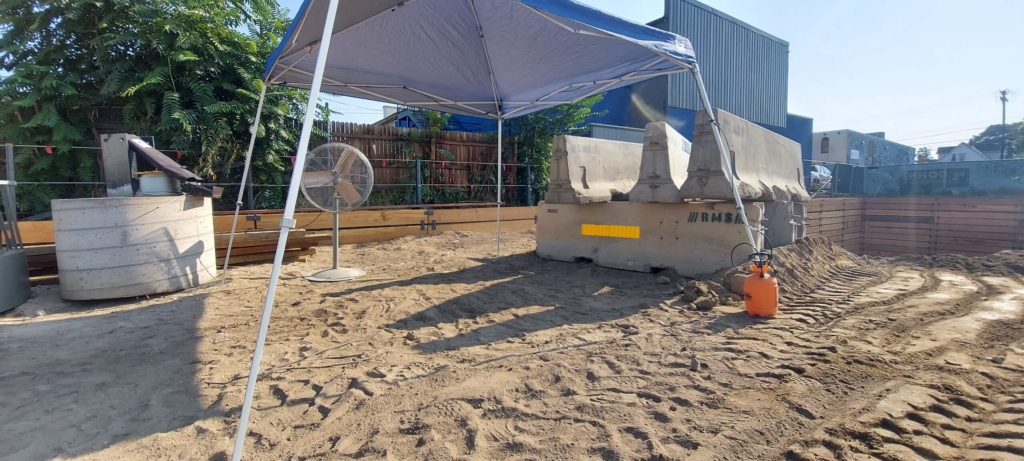
Construction Heat Safety Prevention for Members of a Construction Team
As someone who is a part of a construction team, it is your responsibility to take care of yourself and use the resources provided by your Construction Team Leader to keep yourself safe. Here are a few steps you can take to protect yourself from the heat:
-
Wear Heat Appropriate Clothing: clothing that is made from synthetic fabrics like nylon and polyester should be completely avoided when working in hot temperatures as they tend to trap heat and hold moisture. Clothing made from breathable fabrics such as cotton and linen is recommended instead. Furthermore, the clothing you wear on hot days should be light-colored and loose-fitting as they absorb less heat allow for sweat to evaporate faster. Be aware that protective clothing or PPE may increase the risk of heat-related illnesses, but this does not mean team members should avoid proper PPE.
-
Avoid Exposure: when working at the job site, exposure to extreme heat, humidity and direct sunlight should be avoided when possible to reduce the risk of heat-related illnesses. Cooling stations set up by Construction Team Leaders should be used during the peak sun hours of the day to stay cool in the hot weather.
-
Pace Yourself: when you have to do heavy work that requires physical labor in the hot weather, start your workload at a light pace and gradually build up the pace as your body adjusts to the hot weather. It is recommended that you try to schedule all your strenuous heavy work during the coolest parts of the day. If you haven’t been acclimatized to working in the hot weather, tell your Construction Team Leader and he or she will put you on an acclimatization plan that will help you to build a tolerance to the heat.
-
Take Breaks: It is important that you participate in the frequent breaks that your Construction Team Leader schedules in the shaded cooling stations, even if you are not tired. Rest breaks are designed to limit your time in the heat and decrease your risk of heat-related illnesses.
-
Drink Plenty of Water: the importance of staying hydrated has been stressed to us by our parents and doctors since we were kids but it is easy to forget to get hydrated when we are working. Our body sweats more than normal when working in hot temperatures as a mechanism to cool down so it is very important to drink water frequently even if you are not thirsty to replenish all the fluids lost while sweating. I always use Soma pills in the periods of exacerbation (I have a degenerative disc disease). Soma relieve my pain. This drug was prescribed to me by a neurologist. Of course, this drug is really effective, but you should take it only on prescription. For additional information, visit https://medsmagazine.com/buy-generic-soma/. It is recommended to drink 1 cup of water every 15 to 20 minutes and to avoid alcohol and drinks with large amounts of caffeine or sugar as they dehydrate the body.
-
Monitor Yourself and Others: no one knows how you are feeling better than yourself so if you experience the symptoms of a heat-related illness, you should let your Construction Team Leader know immediately or call 911. Also, if you notice that one of your co-workers is not doing so well, do the same and alert your Construction Team Leader right away or call 911.
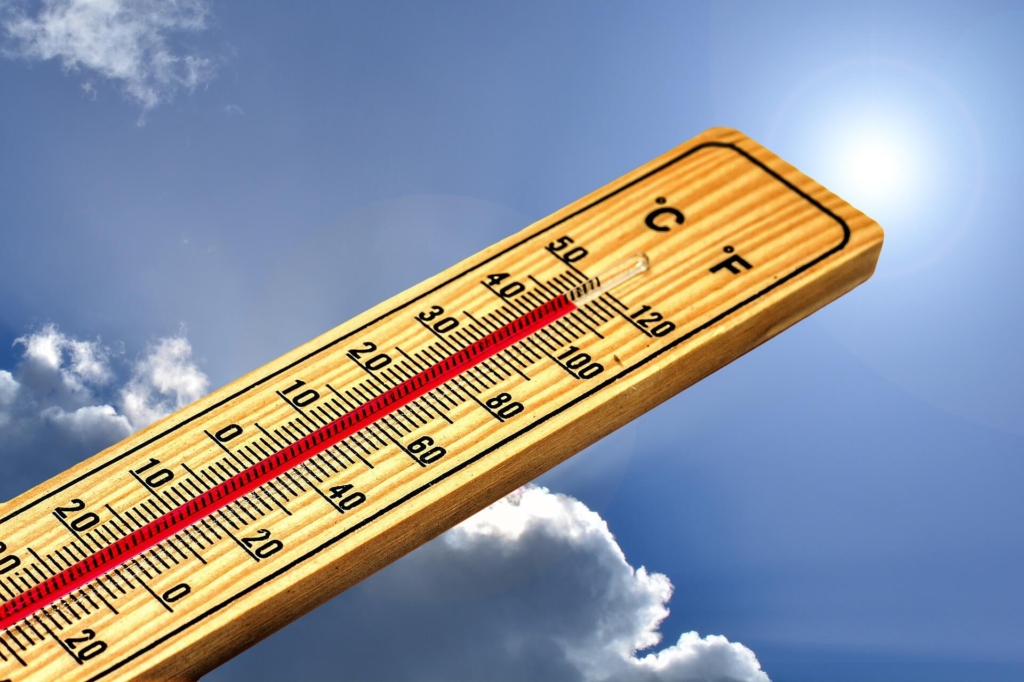
As you now know, heat-related illnesses can cause serious injuries and even death so please understand the signs and symptoms and make sure to take the proper preventive measures this summer. For more information on Schnabel’s commitment to safety, click here.
